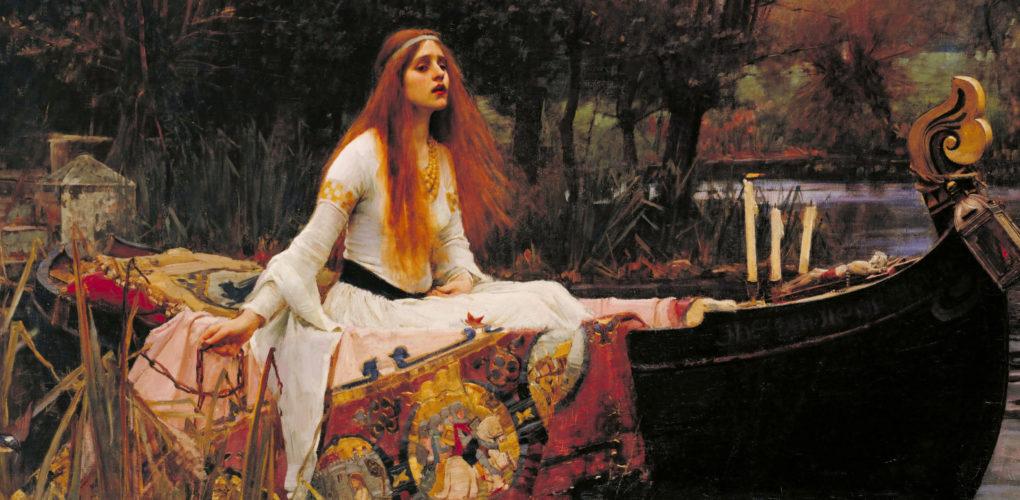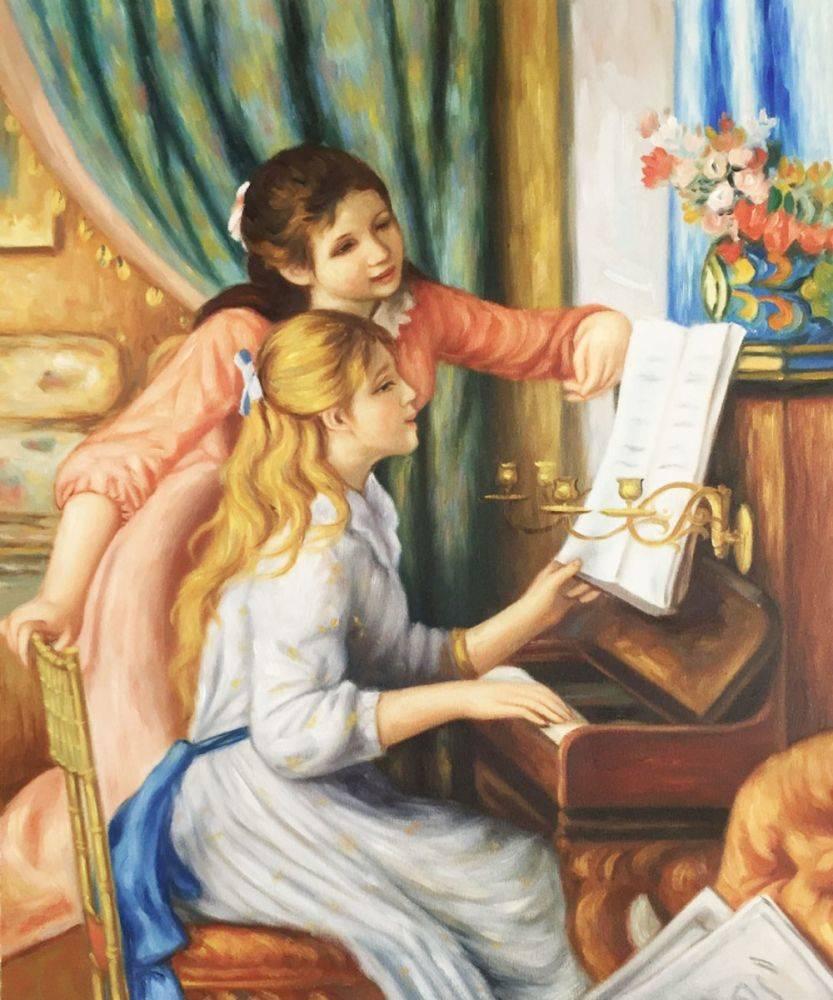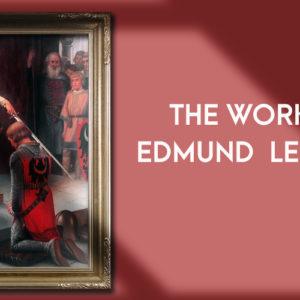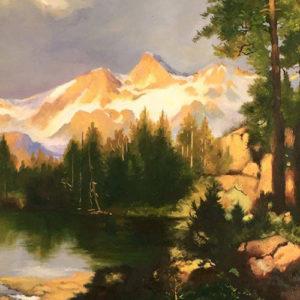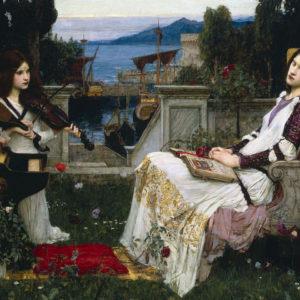Art
Art History
Art Reflections
Pre-Raphaelite Brotherhood
The Pre-Raphaelite Brotherhood was a group formed by artists that wanted to form a connection between romantic poetry and visual art. Among the founding members were William Holman Hunt, John Everett Millais and Dante Gabriel Rossetti, but the group soon grew to include a full seven members. The name of it came from the idea that the teaching of art had become corrupted after the art of famous Raphael and that it would be better to revert back to what art was before his time. Their main goal was to create an opposition to the Royal Academy of Arts and its curriculum. They believed art should contain more detail and intense colors. The Brotherhood followed four ideas that included: having genuine ideas to express, to study and express nature in detail, to understand the emotional connection to art of the past, and to produce profoundly good works of art.
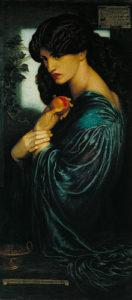
During this period, the members created art pieces as well as published a literary magazine call The Germ. On the art, they would always add the initials PRB, to indicate that the piece fell within the expectations of the movement. At the time they had some very prestigious adversaries, most notably Charles Dickens. The widespread criticism, led by Dickens, is what eventually led to members of the Brotherhood abandoning it and pursuing other works.
After the Brotherhood had disbanded, the main contributors still continued the Pre-Raphaelite movement. Many new artists became influenced by the style and studied the works of the original members. These included people like John Brett, Philip Calderon, Arthur Hughes, Gustave Moreau, and John William Waterhouse. They branched off into two different directions, one that preferred to depict realistic nature and those that leaned more towards a romantic depiction of subjects.
In our gallery you will find some beautiful pieces that represent this artistic movement and the artists inspired by it. John William Waterhouse was heavily influenced by their Medieval movement and that is reflected in pieces such as the Lady from Shallot and Ophelia. His attention to even the smallest detail can be detected in the Windflowers, as the woman’s hair is blown by the wind and you can see each individual strand in the movement. Edmund Leighton captures the contrast between light and shadows in both The Accolade and The Shadow. Lord Frederick Leighton seizes the vibrant energy of color in his piece, Flaming June. We even have pieces by one of the creators of the brotherhood, Dante Rossetti available.
